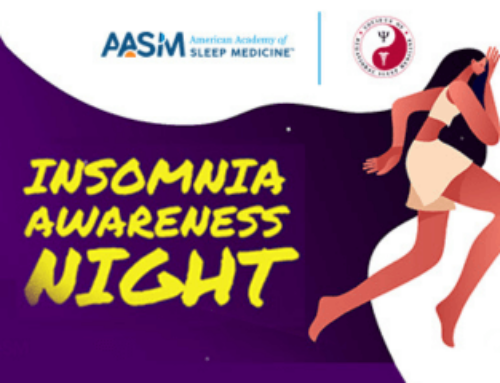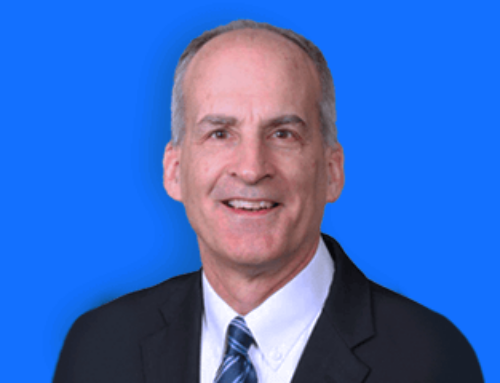FOR IMMEDIATE RELEASE
CONTACT: Lynn Celmer, 630-737-9700, ext. 9364, lcelmer@aasm.org
DARIEN, IL – The American Academy of Sleep Medicine commends the bipartisan legislative initiative in Congress that is bringing much needed attention to the public health and safety risks associated with undiagnosed and untreated obstructive sleep apnea among commercial motor vehicle drivers.
On Thursday, Sept. 26, H.R. 3095 was passed by the U.S. House of Representatives in a unanimous 450-0 vote. The bill, which was introduced by Representatives Larry Bucshon, R-Ind., and Daniel Lipinski, D-Ill., seeks to ensure that a rulemaking process is followed for any new or revised requirement related to sleep apnea screening, testing or treatment of commercial motor vehicle operators. A similar bill, S. 1537, recently introduced by Senators Roy Blunt, R-Mo., and Mark Warner, D-Va., has been referred to the Senate Commerce, Science, and Transportation Committee.
The proposed legislation would ensure that comprehensive input is gathered and a thorough analysis is conducted when transportation safety requirements related to sleep apnea are developed. The AASM looks forward to the opportunity to provide all stakeholders involved in the formal regulatory process with expert, evidence-based input on the best practices in sleep medicine to ensure that sleep apnea regulations promote the health of motor vehicle operators and the safety of all drivers on our roadways.
Recommendations on obstructive sleep apnea and the medical certification of commercial motor vehicle drivers were proposed in 2012 by the Motor Carrier Safety Advisory Committee and the Medical Review Board, which are advisory committees of the Federal Motor Carrier Safety Administration. The AASM supports the FMCSA recommendations, which provide a foundation for the development of formal regulations.
Data show that about 20 percent of commercial drivers may have obstructive sleep apnea, a chronic disease that is associated with an increased risk of high blood pressure, heart disease, diabetes, depression and stroke. The major predisposing factor for sleep apnea is excess body weight. Because the sedentary nature of long-haul trucking puts drivers at risk for obesity, it also increases their risk of developing sleep apnea.
A common symptom of sleep apnea is excessive sleepiness, which can lead to drowsy driving. The National Highway Traffic Safety Administration reports that drowsy driving causes more than 100,000 crashes a year, resulting in at least 1,550 deaths.
The most effective treatment for sleep apnea is continuous positive airway pressure therapy. A recent analysis estimated that among people with moderate to severe sleep apnea, CPAP therapy reduces the 10-year risk of motor vehicle collisions by 52 percent.
The AASM offers a free online presentation, “Sleep, Alertness and Fatigue Education for Truckers,” at https://aasm.org/advocacy/initiatives/transportation-safety/. The SAFE-T presentation describes the signs, causes and effects of driver fatigue and several strategies to manage it.
About the American Academy of Sleep Medicine
Established in 1975, the American Academy of Sleep Medicine (AASM) improves sleep health and promotes high quality patient centered care through advocacy, education, strategic research, and practice standards. With nearly 10,000 members, the AASM is the largest professional membership society for physicians, scientists and other health care professionals dedicated to the medical subspecialty of sleep medicine. For more information, visit www.aasm.org.








